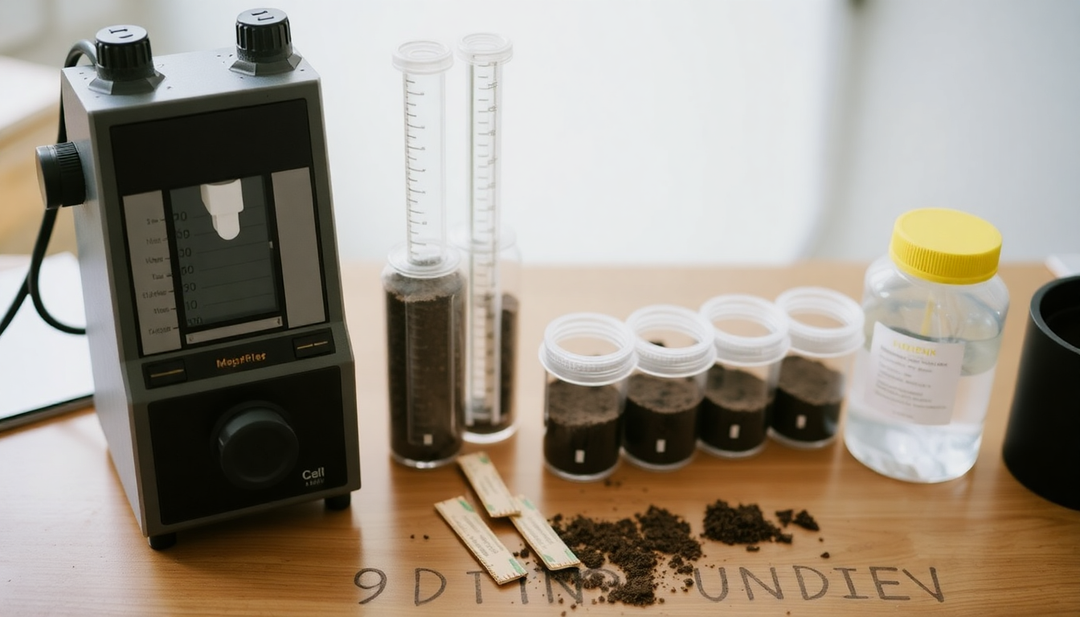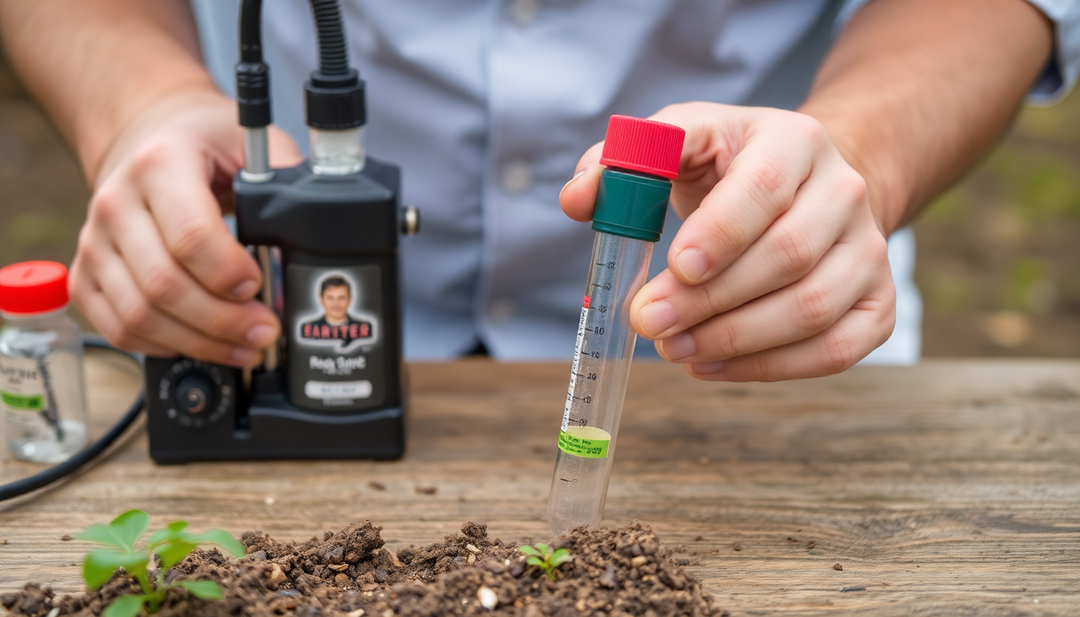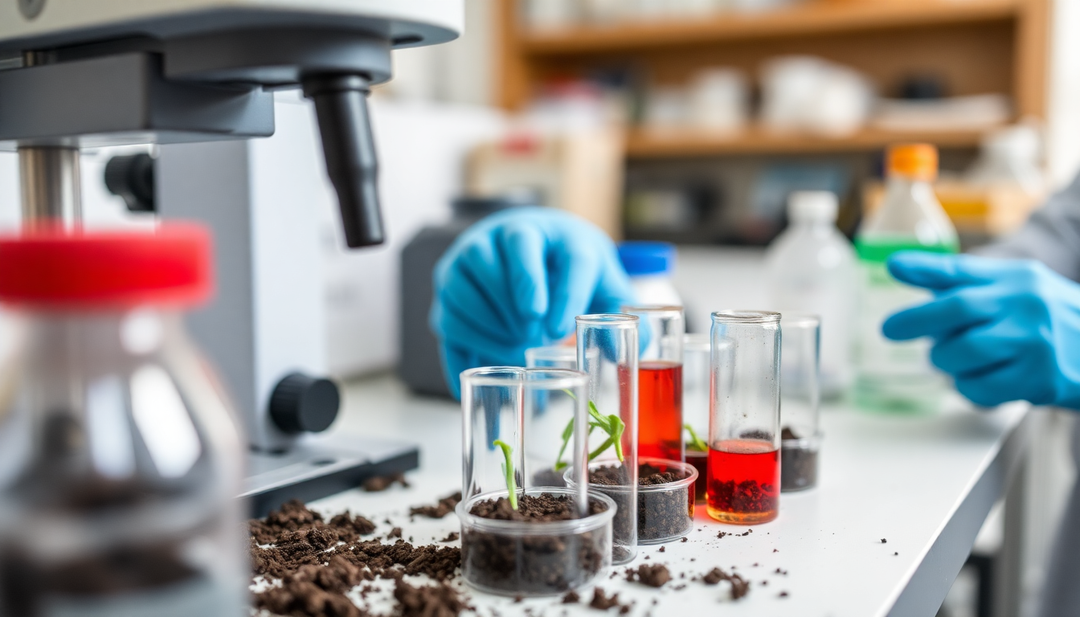Knowing the agronomic properties of your soil: Everything you need to know

Understanding the Agronomic Properties of Your Soil: A Complete Guide
Soil is the foundation of all agriculture. Understanding its agronomic properties is essential to achieving healthy and abundant harvests. For this reason, this comprehensive guide will help you identify the key characteristics of your soil and, consequently, harness its full potential.
What are the agronomic properties of soil?
Soil agronomic properties refer to the physical, chemical, and biological characteristics that influence plant growth. In other words, they encompass the factors that determine whether a soil is fertile and, more importantly, whether it is capable of supporting plant life.
The properties of your soil:
1. Physical properties:
- Texture : To begin with, texture refers to the size of the grains (sand, silt, clay) that make up the soil. This characteristic influences water retention capacity, porosity, and air circulation.
- Structure : Furthermore, structure refers to the arrangement of soil grains into aggregates. Proper structure promotes root growth, improves water retention, and facilitates drainage.
- Bulk density : Bulk density is the mass of soil per unit volume. It should be noted that high density can restrict root growth by compacting the soil.
- Porosity : Finally, porosity is the proportion of empty spaces in the soil. It influences air and water infiltration.
2. Chemical properties:
- pH : First, pH represents the acidity level of the soil. The optimal pH varies depending on the needs of the crops. This makes adjusting it essential to meet the specific requirements of each plant.
- Organic matter : Organic matter refers to the amount of decaying matter from plants and animals. It plays a fundamental role. It improves soil structure, water retention, and overall fertility.
- Nutrients : Furthermore, nutrients are essential elements for plant growth. These include nitrogen, phosphorus, and potassium. Adequate intake is crucial to ensure healthy and sustainable plant production.
- Cation Exchange Capacity (CEC) : Finally, cation exchange capacity (CEC) indicates the soil's ability to retain important nutrients. The higher the CEC, the better the soil retains and releases nutrients needed by plants.
3. Biological properties:
- Biodiversity: The variety of living organisms present in the soil (microorganisms, earthworms, etc.). Biodiversity is important for the decomposition of organic matter and the release of nutrients.
- Biological activity: The rate at which living organisms in the soil break down organic matter and transform nutrients.
How to analyze the agronomic properties of your soil?
To know the agronomic properties of your soil, there are several methods:
- Laboratory Soil Analysis : A lab can analyze your soil to determine its texture, pH, organic matter, nutrients, and more.
- Field Tests: Simple tests can be performed in the field to estimate soil texture, pH, and organic matter.
- Visual Observation: Observe the color, structure, presence of roots and living organisms to get a general idea of the health of the soil.
Improve the agronomic properties of your soil:
To better understand the agronomic properties of your soil, you can take steps to improve them, such as:
- Amend the soil: First, it is important to add organic matter (compost, manure, etc.) to improve structure, water retention and fertility.
- Adjust the pH: Then, to correct the acidity or alkalinity of the soil, lime can be added to increase the pH or, on the contrary, sulfur to decrease it.
- Provide nutrients: In addition, it is necessary to use fertilizers, whether organic or mineral, to compensate for missing nutrients.
- Practice soil conservation techniques : Finally, practices such as crop rotation, ground cover, and no-till help improve soil structure and preserve its biological health.
Conclusion :
Knowing the agronomic properties of your soil is crucial for sustainable and productive agriculture. By understanding your soil, you'll be able to make informed decisions that will improve it and, consequently, maximize its potential.
Do not hesitate to contact our agronomy experts for advice and to analyze your soil.



